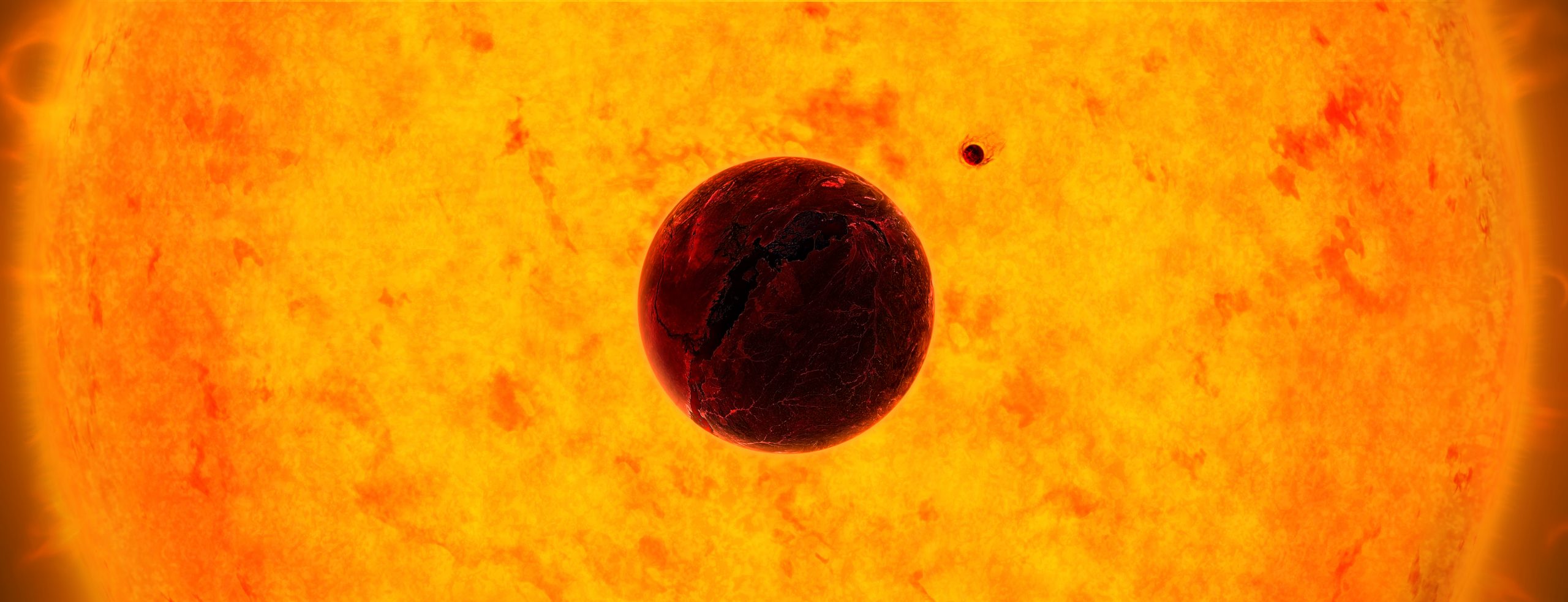An explanation for Jupiter-like planets orbiting stars three times the mass of our sun has been proposed by researchers.
Our galaxy is a truly massive place. It is estimated that the Milky Way hosts over 100 billion stars, although some astronomers suggest that it could be double the number. In terms of planets in the galaxy, astronomers agree there are between 100 and 200 billion worlds. To date, we have confirmed the existence of just over 5,000 planets in the Milky Way (one has even been imaged by th James Webb Space Telescope) and there are over 8,000 worlds still awaiting confirmation. And among these many worlds are some really strange ones.

A new study has discovered that massive stars in densely populated stellar nurseries can steal or capture planets the size of Jupiter, resulting in what astronomers are calling planetary heists. The recent discovery of B-star Exoplanet Abundance STudy (BEAST) planets has been explained by researchers from the University of Sheffield. Massive stars have Jupiter-like planets that are at a long distance from them (hundreds of times our distance from the sun).
Their formation has been a mystery until now, because massive stars emit large amounts of ultraviolet radiation, which prevents planets from growing to the size of Jupiter, the largest planet in our star system. “We have found that stars in stellar nurseries can steal planets from other stars, or capture planets that are free-floating,” said Emma Daffern-Powell, co-author of the study from the Department of Physics and Astronomy at the University of Sheffield. In these nurseries, massive stars have a greater influence than sun-like stars, and these massive stars can capture or steal planets, which scientists call BEASTies.
This is essentially a planetary heist. “We estimated that a BEASTie might be stolen or captured once every ten million years during the evolution of a star-forming region based on computer simulations,” the researcher added. “The BEAST planets are an exciting new addition to the myriad of exoplanetary systems, which display incredible diversity, from sun-like planetary systems that differ greatly from our Solar System to planets orbiting evolved or dead stars,” says Dr. Richard Parker, Lecturer in Astrophysics at the University of Sheffield.
NEWSLETTER
Never miss a news release from the Curiosmos team.
Two super-Jovian planets are orbiting massive stars, according to the BEAST collaboration. Although planets can form around massive stars, it is hard to imagine that gas giant planets such as Jupiter and Saturn can form in such hostile environments since radiation from the stars can evaporate them before they are fully formed. Scientists have shown, however, that these planets can be captured or stolen, with orbits similar to those observed for BEASTies. Those results strengthen the argument that planets orbiting planets that are more distant (more than 100 times the distance between Earth and the sun) may not be orbiting their parent stars.”
A study by Dr. Richard Parker and Dr. Emma Daffern-Powell at the University of Sheffield, published in Monthly Notices of the Royal Astronomical Society: Letters, is part of a larger project aimed at finding out how common planetary systems are in relation to the tens of thousands of other planetary systems in the Milky Way galaxy.





